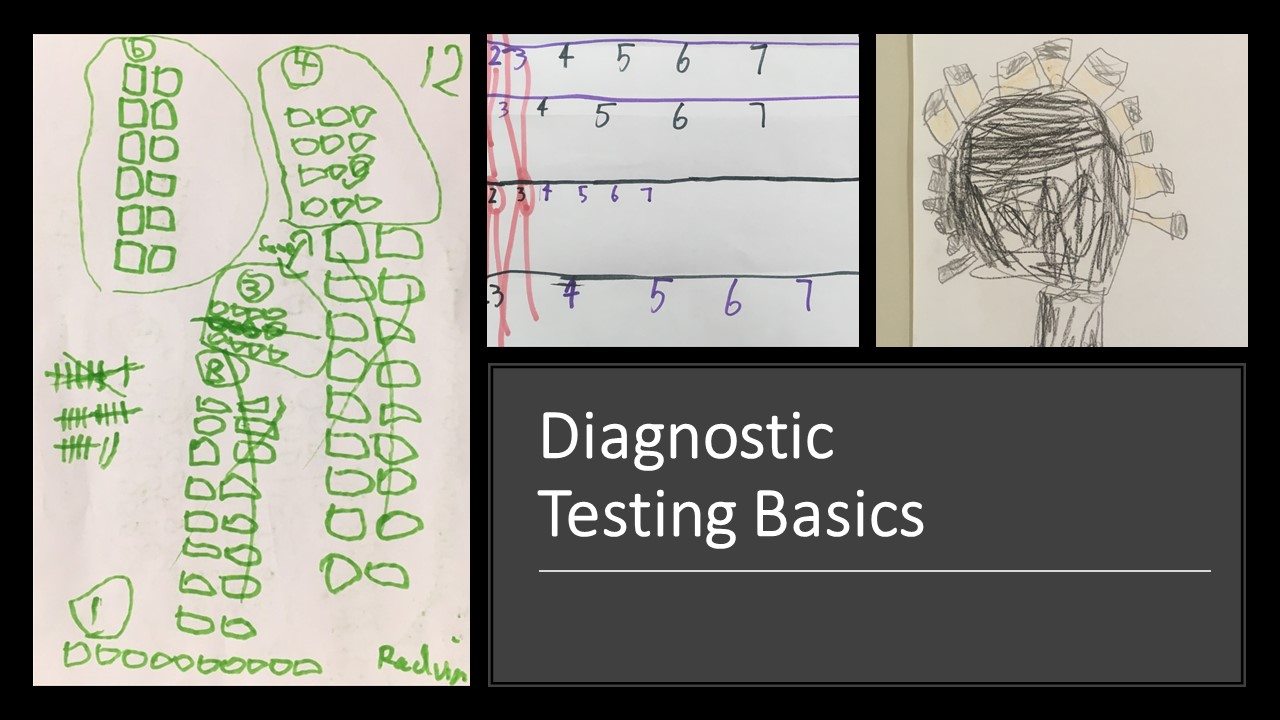
Formative assessment, developmental stages and starting the year well
The goal of formative assessment should always be to find out what each student NEEDS next, rather than focusing
The reality of classroom teaching nowadays is that no teacher has a class of students who are all working at the one level. Teachers who aim their maths lesson at only one or two groups of learners are choosing to believe in a myth that this type of class still exists, if in fact it ever did. Within every single class, even if students are streamed, we have a diversity of learners to cater for. And for a single teacher with 25 or so different students to teach, this can be very difficult to handle.
This fact first hit home hard for me when I had a grade 5 class to teach. With 31 students in the class I struggled to keep my students with impairments and my extension students all actually learning.
I quickly realised that running multiple activities within the one class was not practical unless at least some of the groups were just doing “busy work” and therefore not needing my help. Unfortunately that cut down the amount of “learning time” fairly significantly. There had to be a better way.
I decided to approach teaching maths in a bit of a back-to-front way and see how we went. Instead of getting started on teaching the next concept I asked questions orally to find out what my students already knew. I would often try to lead them down the garden path a little to work out if they really understood concepts, or if they just had the procedures memorised.
Once I had worked out where their holes were, I would make up a problem that involved the next step in understanding, and leave them to try to solve it without me first explaining how to do it. For support students, I simply adjusted the content in the problem down until it was a bit beyond their grasp but not too far out of reach.
For my extension students I took the same basic question and altered it to involve working backwards, multiple steps, filling a gap or a non-standard representation. Students worked in pairs or threes on their problems, trying multiple approaches and sharing their thoughts so far with the rest of the class. Together we analysed each idea and compared it to what we already knew of mathematical principles to check that the idea was sound.
The first was the sheer volume of maths that students could actually work out for themselves when I just encouraged them to give it a go. After six months my traditional explanations virtually vanished from the class as my students learned to generalise their findings and express them as principles, algorithms or formulae.
The second surprise was that many fundamental mathematical principles that I believed that the students had worked out years previously turned out to be pretty shaky, and some were missing altogether.
The third, and perhaps most important discovery, was that many of my support students who had previously performed so poorly at maths often improved so rapidly that most of them were performing at grade standard within 12 months.
As it turned out, many of my support students had been relying on memorisation without understanding concepts. They had a few fundamental misconceptions about basic principles. Using problem-based teaching allowed these to come out, and challenged students to work out whether or not their ideas were feasible. Once they self-corrected some of these misconceptions and started generalising about mathematical principles they suddenly started “getting it” and didn’t have to rely so heavily on memorisation.
A number of very simple strategies can make a big difference to how easy it is to differentiate for your students. My top tips include:
Start with one basic question and then adapt the content in the question down without changing the format. This provides support students with the same thinking challenge, but with content that is more appropriate.
Start with one basic question and then think of “what if…” scenarios to add complexity for extension students. This increases the difficulty of the thinking skills significantly without necessarily increasing the content load.
Group for behaviour rather than for “ability” or “mixed ability”. Usually teachers feel incredibly tense about how to choose groups rather than accepting the simple fact that we group according to which students will not try to kill each other. I often allow students to choose their own groups (maximum of 3 in a group), as long as no one is excluded and they are all working. If any group misbehaves then they are split up.
Have a Challenge Table: Keep one spare table in your room with about four chairs at it. This allows you to have a very flexible space to cater for different students as they need it. I use this set up in a number of different scenarios:
Use Tip Cards, numbered and blue-tacked to the board, for a problem. The tips should increase in the amount of help that they offer to groups. A group of students who become stuck while working on a problem can decide to go and get one of the tips to give them a clue. They record the tip number on their books. They can then try to solve the problem again, or decide to get another tip. Usually they want to get as few tips as possible, so they work together pretty well to try and solve the problem without getting more cards.
Use Differentiated Problems on coloured cards and allow students to work out which problem they want to try and solve. The base level problem goes in the middle, two above and two below are also present. Each student has to solve at least two levels of the problems. This way everyone can start on the base level problem, drop down if it is too hard, and go up if it is too easy. Once they solve one problem they automatically need to go up a level and try the harder question as well.
The following problems are taken from this resource, and can be adjusted up or down in order to cater for students in your class. You are to read through the basic problem and write one adjustment down and one “what if…” extension question for each.

The goal of formative assessment should always be to find out what each student NEEDS next, rather than focusing
Recently I’ve been pondering findings from a major report into Australian schooling that kids who are struggling in maths by
by Tierney Kennedy Why is it that so much of education research goes seemingly unnoticed or ignored by teachers (Joram
As term 4 is upon us many teachers are struggling with how to get everything done. Realistically, now is the
You may have noticed that kids have a few issues with fractions… but it can be tricky to understand what

The successfulness of any intervention is largely dependent on matching the strategies selected to the needs of the students and

KENNEDY PRESS PTY LTD
FOR ALL ENQUIRIES, ORDERS AND TO ARRANGE PD:
© COPYRIGHT 2024 KENNEDY PRESS PTY LTD ALL RIGHTS RESERVED TERMS & CONDITIONS